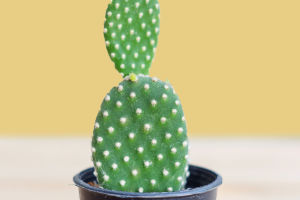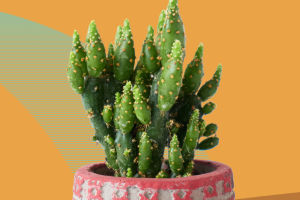Now that the weather has turned relatively cold, we find ourselves in a state of confusion regarding which plants to cultivate during winter.
In reality, selecting flowers to grow in winter can be more challenging, as many plants are not frost-tolerant, making their cultivation more difficult. However, one plant that thrives in winter is the freesia.
Unlike orchids, freesia plants are known for their exquisite beauty. They boast captivating flowers with a delicate fragrance, making them perfect for adorning your living room or balcony.
Freesias are relatively resilient during winter and bloom at this time of year. Therefore, if you're unsure about which flowers to nurture during winter, keeping freesias at home is an excellent choice.
While freesias are quite hardy, it's crucial to prevent them from freezing during winter. You can place them outdoors, but if you live in an area with significant temperature variations, it's best to keep them indoors.
By doing so, your freesias will thrive. Placing them on the balcony with diffused light is ideal. After planting freesia bulbs, it generally takes around one or two weeks for them to sprout and grow.
During the winter bloom period, it's advisable to apply some fertilizer to promote flowering. Phosphorus and potassium fertilizers can be used to enhance and expedite the blooming process of freesias.
When watering freesias in winter, it's important to be mindful of their water requirements. Freesias do not demand excessive watering during this season. To ensure their optimal growth, try controlling the watering frequency. Spraying a small amount of water every day or every two to three days is usually sufficient.
The allure of freesias extends beyond their stunning appearance and symbolic meanings. These flowers possess a captivating fragrance that fills the air, adding a delightful ambiance to any space. Their enchanting scent often evokes a sense of nostalgia and tranquility, making them a popular choice for home decorations and bouquets.
In terms of care, freesias are relatively low-maintenance plants. They prefer well-draining soil and require regular watering, ensuring that the soil remains slightly moist.
However, it's essential to avoid overwatering, as excessive moisture can lead to root rot. Freesias also thrive in moderate temperatures, typically preferring temperatures between 60 to 70 degrees Fahrenheit (15 to 21 degrees Celsius). These conditions make them suitable for indoor cultivation during the winter months.
Another remarkable characteristic of freesias is their ability to attract pollinators, such as bees and butterflies. The vibrant colors and enticing fragrance of the flowers act as beacons, inviting these beneficial insects to visit.
This not only enhances the beauty of your garden or indoor space but also contributes to the ecological balance by supporting pollinator populations.
When it comes to flower arrangements, freesias are versatile and can be combined with various other flowers to create stunning bouquets. Their elegant, trumpet-shaped blooms are often used in bridal bouquets, adding a touch of sophistication and elegance to weddings and special occasions.
Overall, cultivating freesias during winter offers a unique opportunity to enjoy the beauty and fragrance of these exquisite flowers when outdoor gardening options may be limited.
Their resilience, captivating blooms, and symbolic meanings make them a delightful choice for flower enthusiasts and those seeking to infuse their homes with natural beauty and positive energy during the colder months.


